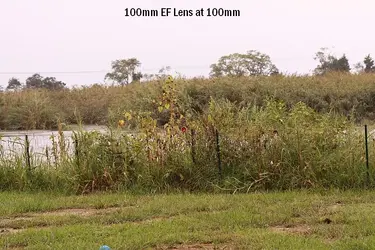Dubaiian
TPF Noob!
- Joined
- Mar 11, 2012
- Messages
- 184
- Reaction score
- 18
- Location
- Dubai, United Arab Emirates
- Can others edit my Photos
- Photos OK to edit
Hi All,
I was asked this question by someone who thought I knew a lot about Canon gear (fool!).
Anyways, I know that if I put an EF Lens (like my 16-35mm) on my 7d I know that I should multiply the focal lengths by 1.6 i.e the Lens really acts as a roughly 25-56mm. Now does the same apply to EF-S lenses as they are specifically designed for the crop frame cameras (I could not use it on a FF 5D) so does this still multiply?? i.e Is this really a 16-35mm Lens when it is fitted to my 7d?
Sorry to ask stupid questions, but I really don't know the correct answer and am curious.
Many thanks in advance
I was asked this question by someone who thought I knew a lot about Canon gear (fool!).
Anyways, I know that if I put an EF Lens (like my 16-35mm) on my 7d I know that I should multiply the focal lengths by 1.6 i.e the Lens really acts as a roughly 25-56mm. Now does the same apply to EF-S lenses as they are specifically designed for the crop frame cameras (I could not use it on a FF 5D) so does this still multiply?? i.e Is this really a 16-35mm Lens when it is fitted to my 7d?
Sorry to ask stupid questions, but I really don't know the correct answer and am curious.
Many thanks in advance





![[No title]](/data/xfmg/thumbnail/42/42057-1509913128bb1db2bc11235c05832fd4.jpg?1734176446)



![[No title]](/data/xfmg/thumbnail/42/42055-105f2ee23a1fd79c786de42c5578274b.jpg?1734176440)

![[No title]](/data/xfmg/thumbnail/35/35948-700e0d840da0ca73727b1bd6d99b4142.jpg?1734167751)


